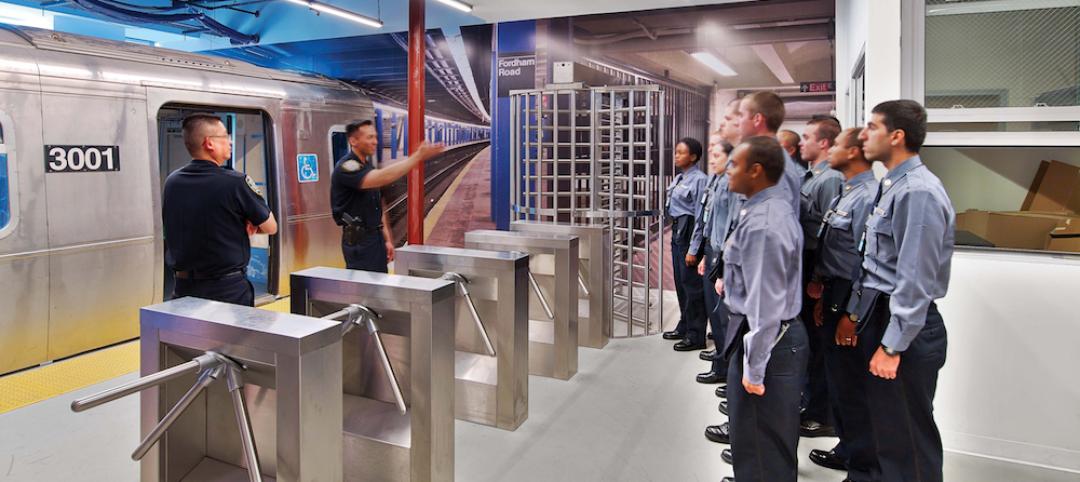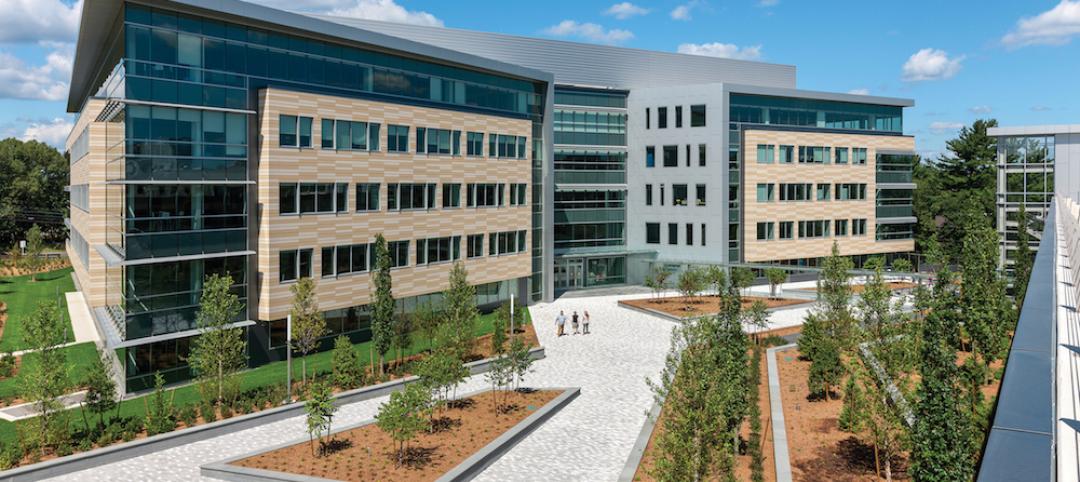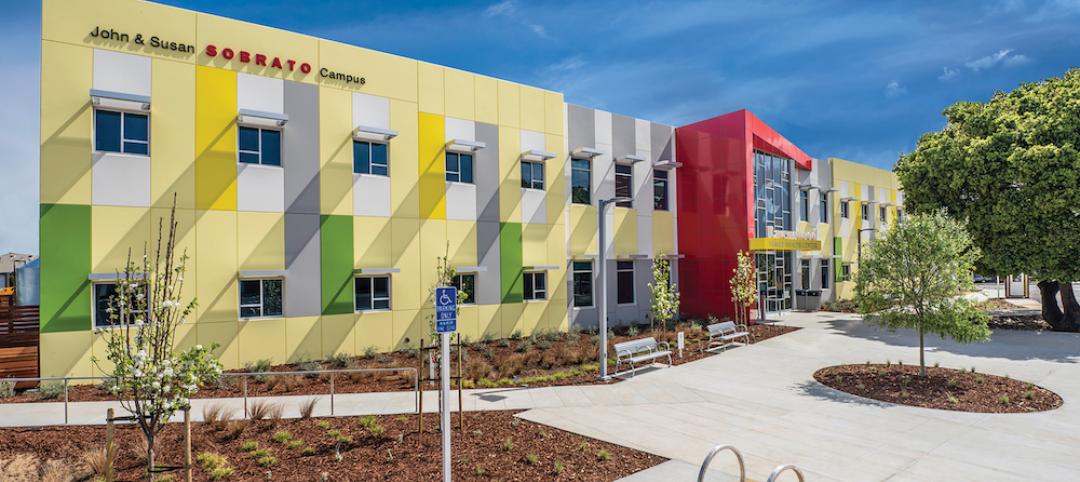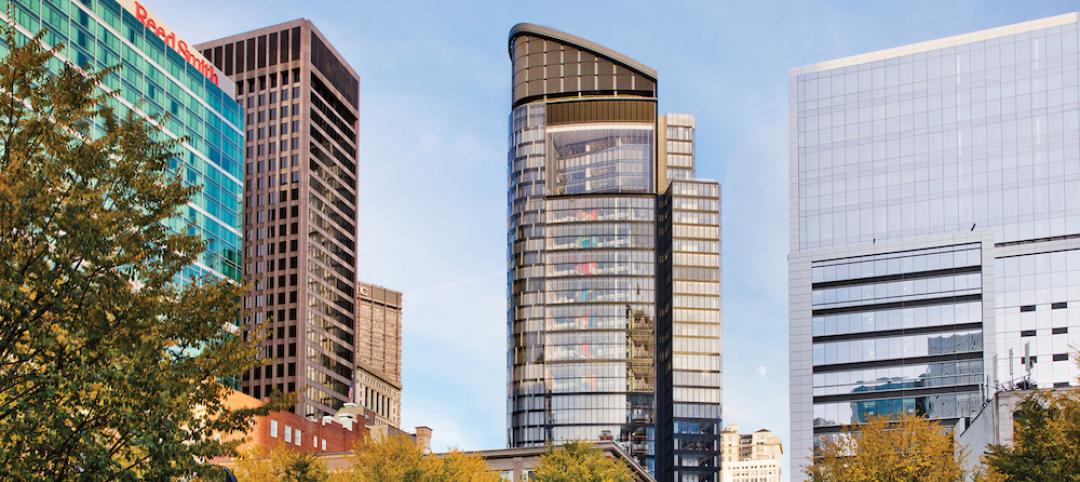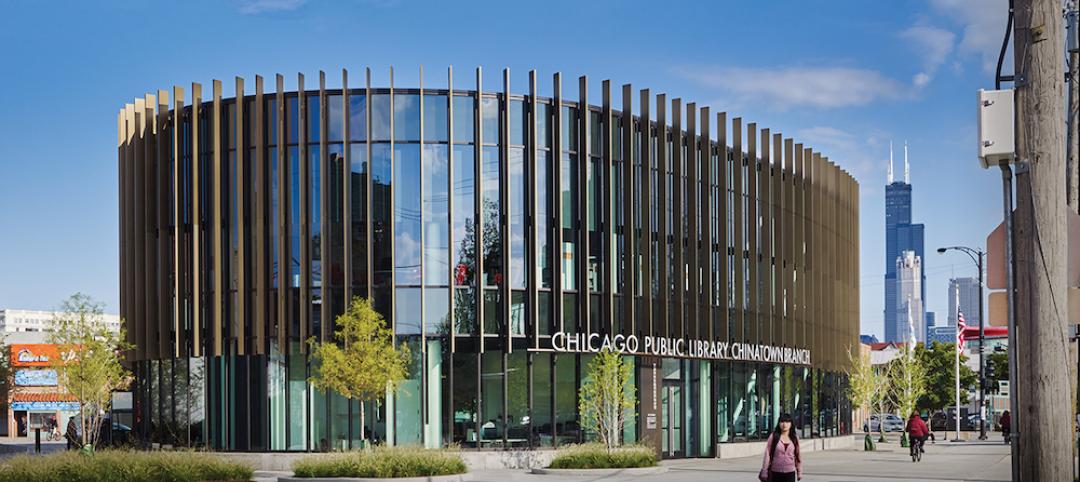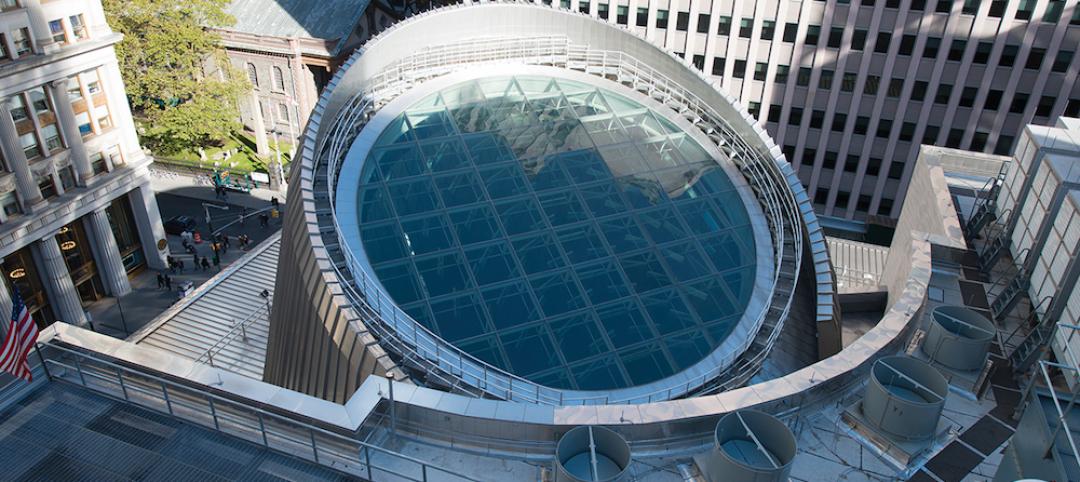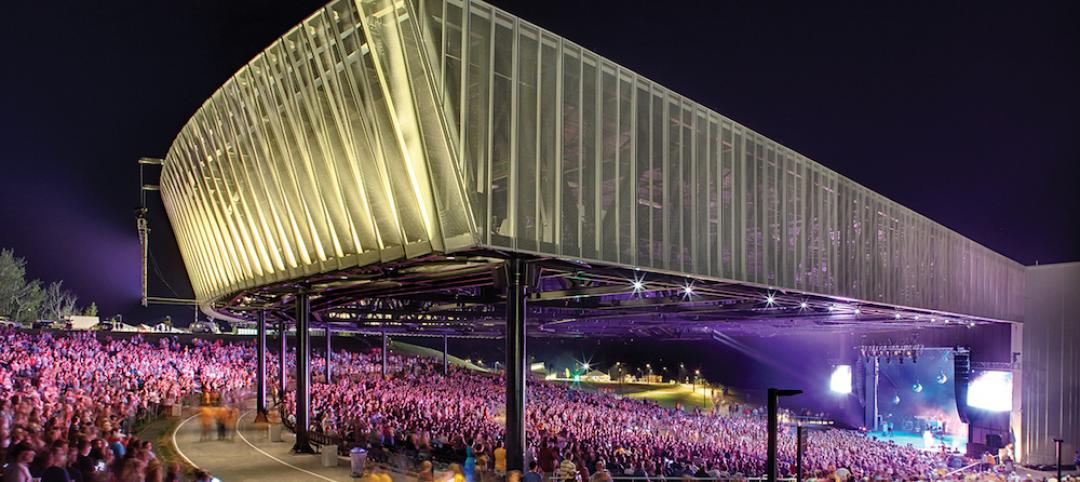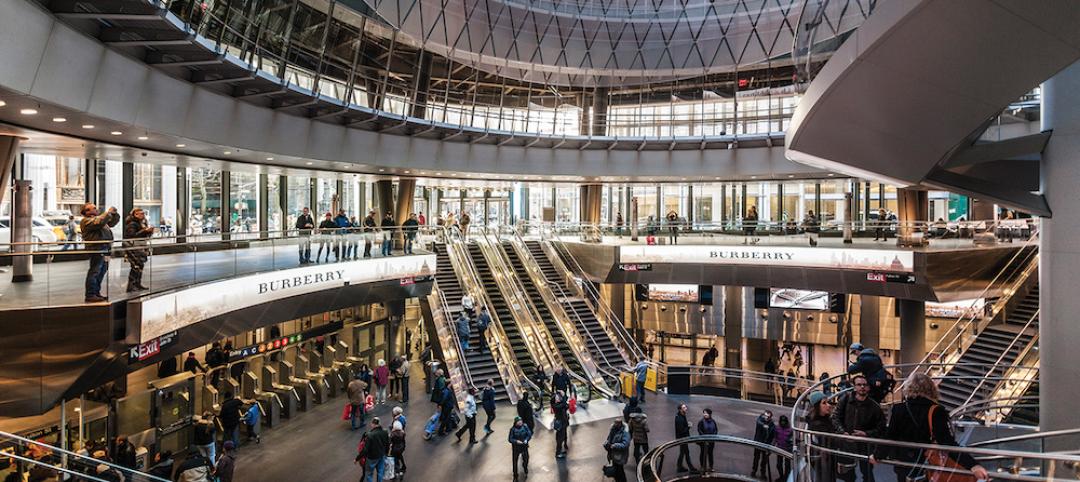BRONZE AWARD
University of California, Riverside Plant Growth Environments Facility, Riverside, Calif.
Project Information
Project size: 31,500 sf
Project cost: $21,993,111
Construction time: May 27, 2019 – November 23, 2020
Delivery method: Design-Build
Building Team
Submitting firm: DPR Construction
Owner: University of California, Riverside
Architect: Perkins and Will
Structural engineer: Coffman Engineers
Mechanical engineer: TK1SC
General contractor and Construction manager: DPR Construction
Judges’ comments:
“Amazing design and construction efforts can be very simple in concept. This project provides an elegant, detailed, collaborative solution that utilized all of the talents of the builder.”
“The raw and honest materials tie in well to the project’s agrarian roots. The GC’s ability to supplement/take over the work of a sub-tier contractor that went under reinforced its team commitment to the project.”
Essay from submitting firm:
Throughout its history, UC Riverside has been associated with the agricultural and natural sciences. Its main campus includes a district of greenhouses that were built in the 1960s. Nearly four decades later, the design-build team of DPR and Perkins and Will, along with subcontractor Stuppy Greenhouse, was responsible for creating a state-of-the-art research facility that puts science at UC Riverside on display.
The design team looked at this project as an opportunity to continue the tradition of campus architecture and create a design that balances being a contextual building with programmatic and campus goals. These include a focus on sustainability, enhancing the greenways of the campus, and fostering the collaborative culture of the campus and program.

Goals and Objectives
The two-story facility on one acre replaced older greenhouses made from wooden slats. It was constructed with concrete walls on the first floor and glass-encased greenhouses elevated above. The design used the concrete façade as the enclosure, structure, shading, and thermal mass, which links the building systems to eliminate the need for insulation, relying purely on the concrete’s thermal characteristics.
Individual growth chambers on the first-floor house plants, pathogens, and insects in separate, controlled environments. Each greenhouse module on the top floor incorporates wireless technology to adjust its own temperature, humidity, and lighting, allowing an array of plants to grow there. The facility also includes laboratory and workspaces and is the first in a series of plant growth spaces planned to replace aging greenhouses at UC-Riverside.
The raw construction materials used on the Plant Growth Environments Facility were selected to provide an unvarnished look in honor of the simplicity and beauty of the landscape.
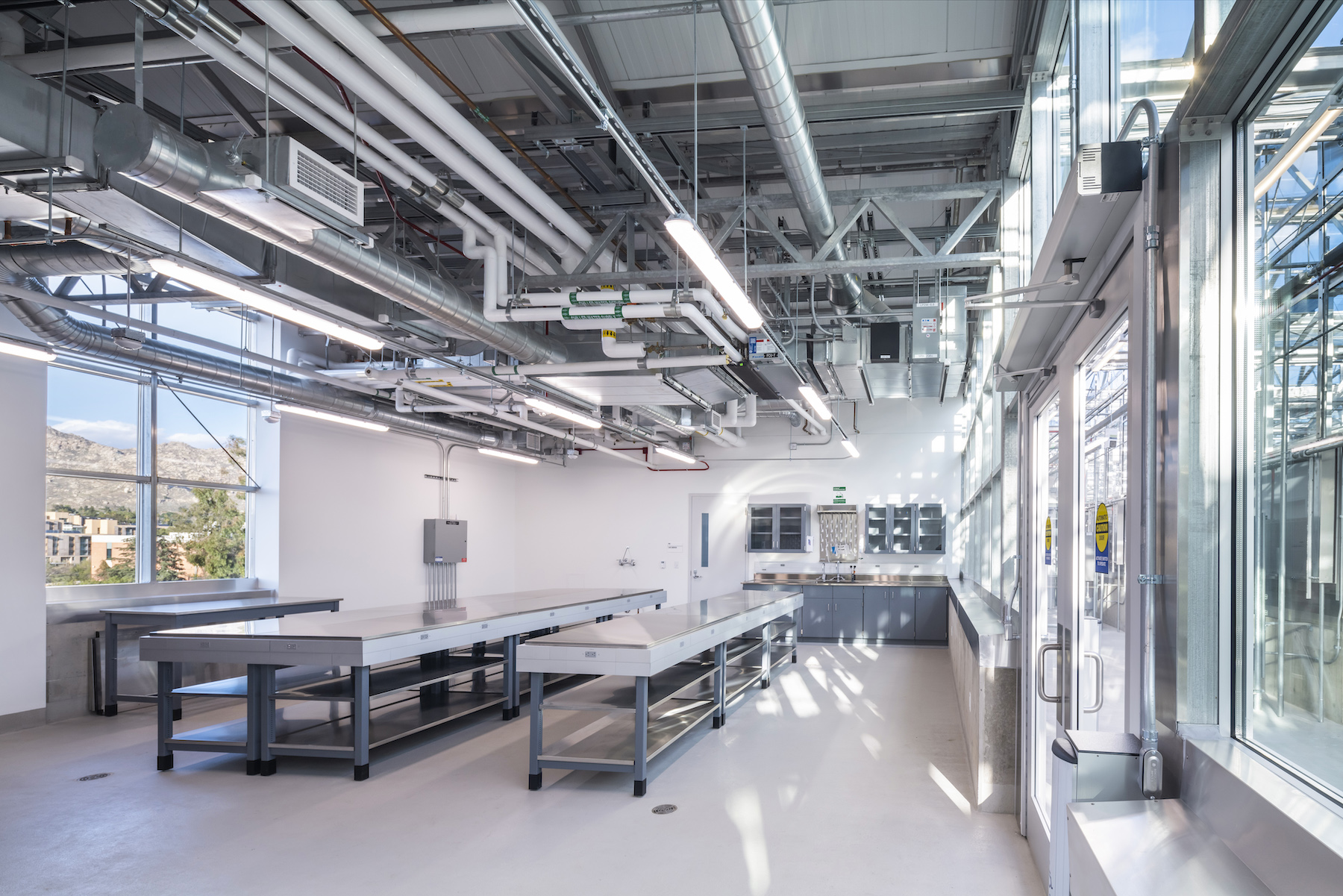
BUILDING TEAM COLLABORATION
From the beginning of the project, the design-build team analyzed design, programming, and construction simultaneously. Concepts and solutions were assessed for design merit, functionality, constructability, and coordination. That team brought vetted ideas to design and planning meetings, through which it suggested a new planning strategy that resulted in a more than 15 percent increase of research space within the greenhouses, with no increase in cost or gross square footage.
Filling an unexpected labor gap
However, the project team faced a significant challenge when a sub-tier contractor that was slated to assist Kansas City-based design-build subcontractor Stuppy Greenhouse with the specialized greenhouse construction process went out of business. The team had to devise a way to get the project back on track and ensure it would be completed as planned and to the satisfaction of the owner.
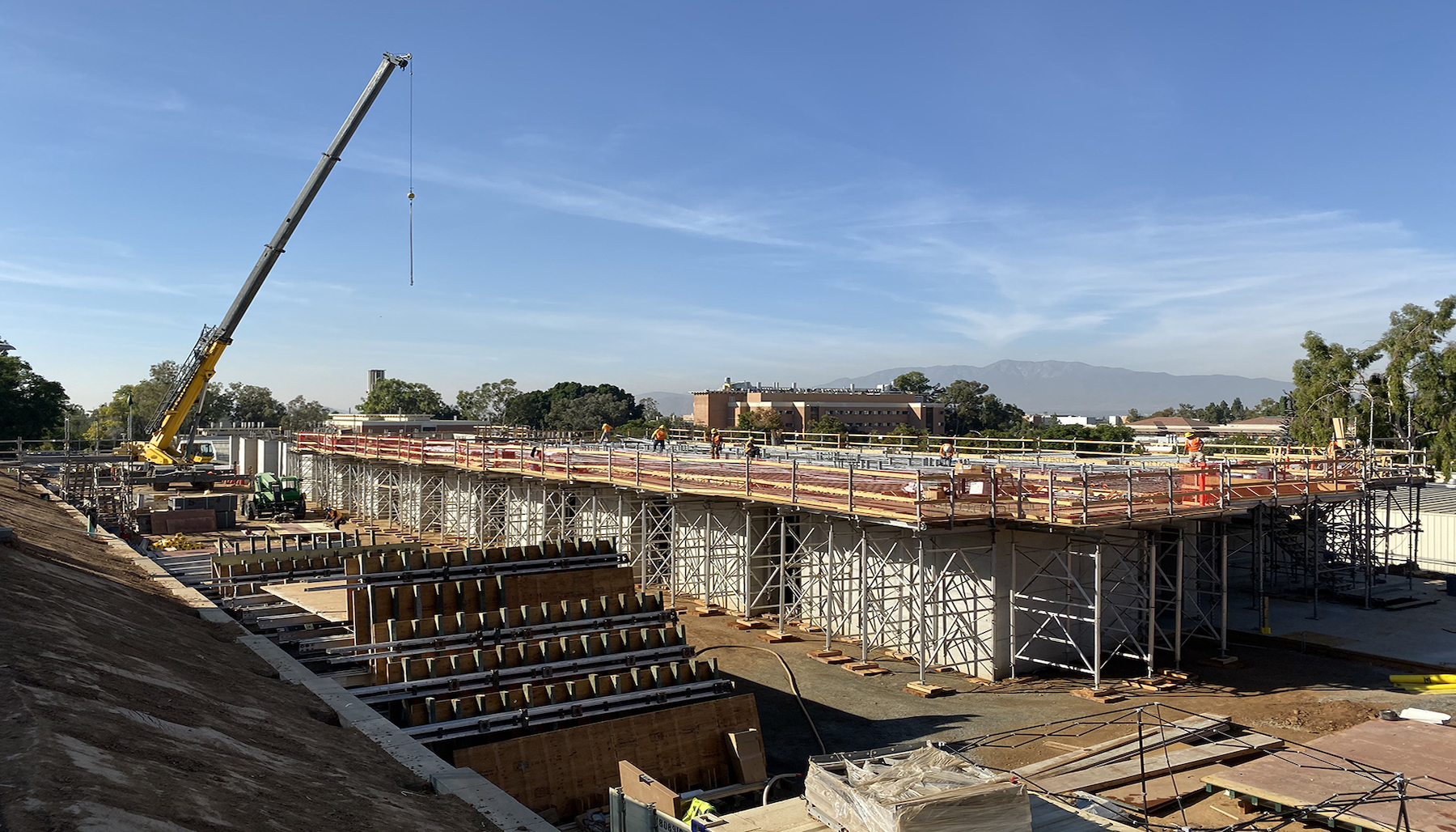
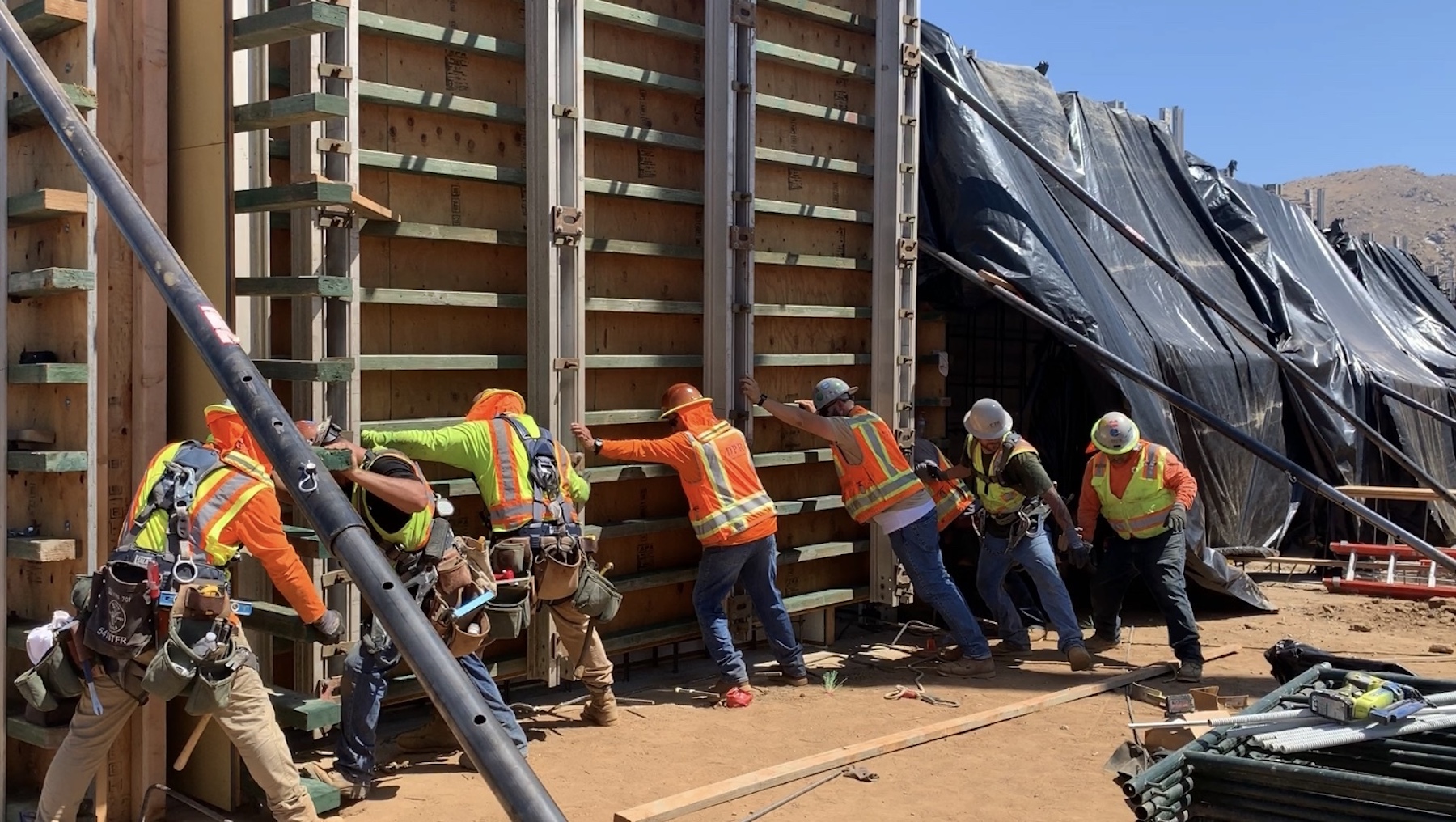
Facing the need for labor and crews to help erect the specialized greenhouse structure, DPR brought on its own self-perform carpenters to supplement Stuppy’s workforce, ultimately delivering about 10 percent of that subcontract volume. DPR’s self-perform concrete crews were responsible for delivering approximately 15 percent of the total project contract volume.
DPR superintendents were fully integrated into the subcontractor’s crews; likewise, DPR integrated Stuppy’s management team into the onsite project management team, according to project manager Paul Brown. “We took a ‘lean in’ approach to figure out a different way to get this done,” he said. “We brought everyone together to figure out a solution that would best serve the project.”
At the time work was to begin on framing the greenhouse, DPR’s concrete crew was on-site, completing the cast-in-place structure that would serve as the first-floor foundation for the glass building.
Managed material handling
The site was tight, with only one point of access and limited space between the site wall and finished concrete structure to receive and offload material. Because of the high risk of loading and offloading materials and the lack of a certified forklift driver on the part of the greenhouse vendor, DPR’s self-perform group pivoted to take on the scope of managing the hundreds of thousands of intricate pieces making up the state-of-the-art research facility.
“Given the small site and elevated work platform, material management was no small task,” said Damon Hole, who served as superintendent on the project.
Related Stories
Building Team Awards | May 27, 2016
Big police academy trains thousands of New York's finest
The Police Training Academy in Queens, N.Y., consists of a 480,000-sf academic/administration building and a 240,000-sf physical training facility, linked by an aerial pedestrian bridge.
Building Team Awards | May 26, 2016
Cimpress office complex built during historically brutal Massachusetts winter
Lean construction techniques were used to build 275 Wyman Street during a winter that brought more than 100 inches of snow to suburban Boston.
Building Team Awards | May 25, 2016
New health center campus provides affordable care for thousands of Northern Californians
The 38,000-sf, two-level John & Susan Sobrato Campus in Palo Alto is expected to serve 25,000 patients a year by the end of the decade.
Building Team Awards | May 24, 2016
Los Angeles bus depot squeezes the most from a tight site
The Building Team for the MTA Division 13 Bus Operations and Maintenance Facility fit 12 acres’ worth of programming in a multi-level structure on a 4.8-acre site.
Building Team Awards | May 23, 2016
'Greenest ballpark' proves a winner for St. Paul Saints
Solar arrays, a public art courtyard, and a picnic-friendly “park within a park" make the 7,210-seat CHS Field the first ballpark to meet Minnesota sustainable building standards.
Building Team Awards | May 20, 2016
Pittsburgh's Tower at PNC Plaza raises the bar on high-rise greenness
The Building Team designed the 800,000-sf tower to use 50% less energy than a comparable building. A 1,200-sf mockup allowed the team to test for efficiency, functionality, and potential impact on the building’s occupants.
Building Team Awards | May 19, 2016
Chinatown library unites and serves two emerging Chicago neighborhoods
The 16,000-sf, pebble-shaped Chinatown Branch Library was built at the intersection of new and old Chinatown neighborhoods. The goal is for the building to unite the communities and serve as a catalyst for the developing area.
Building Team Awards | May 19, 2016
NYC subway station lights the way for 300,000 riders a day
Fulton Center, which handles 85% of the riders coming to Lower Manhattan, is like no other station in the city’s vast underground transit web—and that’s a good thing.
Building Team Awards | May 16, 2016
Upstate New York performing arts center revives once-toxic lakefront site
Early coordination, prefabrication, and judicious value engineering contributed to the accelerated completion of the Onondaga Lakeview Ampitheater, a Upstate New York design-build project.
Building Team Awards | May 16, 2016
12 building projects that represent the best in AEC team collaboration
A busy, light-filled Manhattan subway station and a pebble-shaped Chicago library are among the winners of the 19th annual Building Team Awards.



